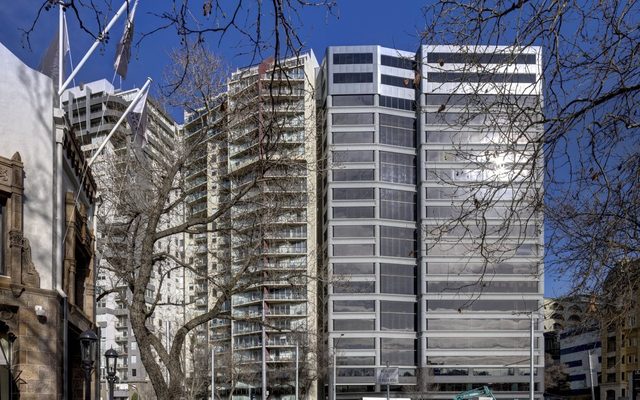This article is from the Australian Property Journal archive
AGED office buildings are loosing appeal with tenants who are flocking to greener pastures, but there is hope for older offices, according to global engineering firm Arup.
In a report to be delivered at the Property Council of Australia’s “Existing Buildings”, Arup found the impact that older buildings have on a city’s carbon footprint is now starting to affect its appeal to tenants.
According to the report, older office buildings make up 93% of the rental office space in Australia’s cities and often these are heritage properties. However, as regulations enforcing energy and water efficiency become the norm, Australia’s older building stock can fail to meet regulations.
Older buildings must also compete for corporate tenants who want to play a part in this century’s ethical and green revolution.
But Arup found simple upgrades can make these buildings more competitive in the new ‘green’ era along with more substantial refurbishments that bring a building up to standard.
“We have gathered the data and it proves an amazing amount can be done to get these buildings up to scratch,” Arup’s buildings team senior consultant Paul Sloman said.
“These buildings have a past – but they have a future, too,” he added. “We shouldn’t settle for the ‘knock it all down and cart it away’ mentality. Instead, owners should consider what they can do to improve their building’s performance,”
“The first step was to “make the most of what you’ve got,” he continued.
Sloman said in the case study of the Perpetual building at 39 Hunter Street, Sydney. The 1916 heritage-listed building was refurbished to a 6-star Green Star rating. Changes were made including the atrium to let in daylight; cold-water sprinkler tanks used for cooling the building; all materials removed for recycling tracking to make sure nothing ended up as landfill.
And in Melbourne, the 30-year old 500 Collins Street was refurbished three floors at a time with tenants in situ which resulted in a 50% improvement in fresh air rates; 39% reduction in sick leave days; air conditioning system to use 30% less energy than conventional systems.
Sloman said with the nation’s ‘average’ office building now coming due for refurbishment, a more sensible approach would involve a greater focus and investment in retrofitting existing buildings.
“Australia has lagged behind other countries, but this may now be an advantage because Australia can benefit from what has already been discovered about the best ways to make older buildings efficient and pleasant to work in,” he added.
Sloman said surprisingly significant improvements can be made with minimal cost through housekeeping review, energy purchase, improved maintenance and recommissioning of the building’s services.
“Even when a building needs major work, architects and engineers can make a point of reusing or recycling the original fit-out, and incorporating the original fabric in the new design,
“When more extensive refurbishment is called for, creative, experienced architects and engineers could often make a design feature of what was originally simply a practical solution,” he concluded.
Australian Property Journal



